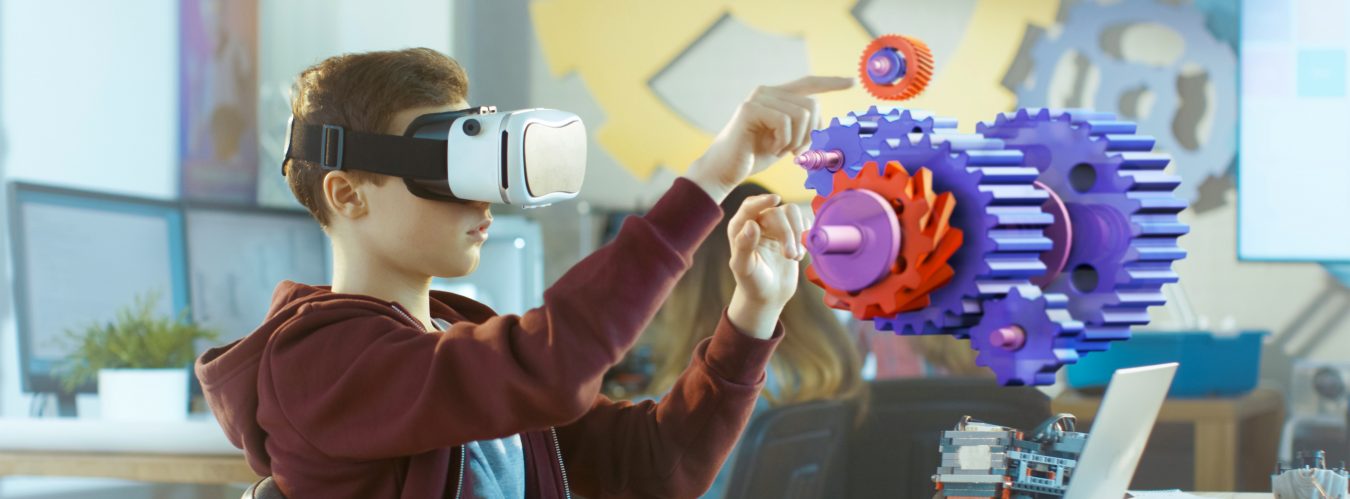New technologies have simplified the creation of immersive learning experiences, for example virtual field-trips.
The 2016 NMC Horizon Report described Virtual Reality in Higher Education as “…[providing] contextual learning experiences that foster exploration of real world data in virtual surroundings”.
Our team is working with academic teams across the university with a range of devices. We help to manage the Hololens user group; a high-end augmented reality technology, suitable for small cohorts and requiring specialist developers. But we are also exploring more accessible forms of virtual reality, suited to scaling up experiences for larger cohorts. We are talking to academics who have used a variety of technologies to create virtual experiences, for fieldwork or otherwise, and aim to share good pedagogic practice in developing new immersive resources.
For disciplines that require students to complete fieldwork, virtual opportunities supplement and enhance, but usually don’t replace, existing ‘real world’ learning. Frequently ‘virtual field-trips’ are interactive ebooks, missing the truly immersive experience (and resultant engagement) of the original visit. Using 360 images and/or VR, fieldwork opportunities can be maximised with both formative opportunities for students, before and after, to consolidate their learning.
One example of the new technologies we are investigating is Thinglink; a new browser- and app-based form of software, which bridges the gap between high-end VR experience and handheld accessibility. Resources can be viewed in 360° via a browser giving a more interactive, if not completely immersive, experience or in full VR using an app and headset. This software also allows for ease of development since teaching staff need only an account and access to 360° image capture. Usually it takes months of training to develop a virtual world but Thinglink allows this to be done in a short space of time by users with no previous experience. We are also pushing some of the functionality of Articulate Storyline in creating simulations and interactive environments.
Please contact us if you have ideas about virtual experiences for your students that you would like to develop.



